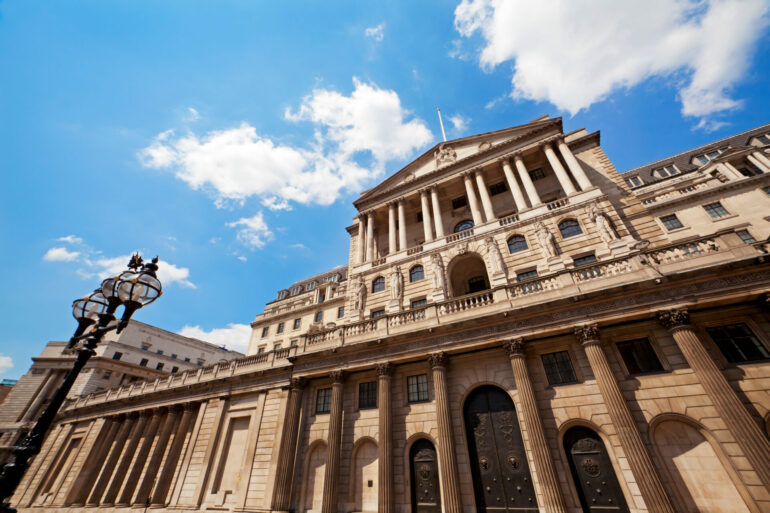The Bank of England’s Monetary Policy Committee (MPC) has voted 7-2 to raise the Bank Rate by 0.25% to 4.25% during their March meeting, leaving the door open for further rate hikes.
Despite this being the 11th consecutive increase, totalling 4.15% of tightening, the MPC’s focus on labour market tightness and the likelihood of increased growth forecasts in May suggest the possibility of more rate hikes.
Following the lead of the European Central Bank (ECB) and the Federal Reserve, the MPC focused on its inflation mandate rather than financial stability issues.
The UK banking system “remained resilient,” with robust capital and strong liquidity positions, allowing the MPC to concentrate on the inflation outlook.
The majority of the MPC members cited the labour market’s continued tightness, with unemployment no longer expected to rise in the short-term, and the resilience of economic activity as reasons for persistent high inflation.
These factors contribute to the upside risks to inflation over the medium term.
According to the MPC minutes, “Seven members judged that a 0.25% increase in Bank Rate, to 4.25%, was warranted at this meeting… Renewed and sustained demand for labour could still reinforce the persistence of higher costs in consumer prices, even if second-round effects related to energy price inflation were to diminish.”
The May MPC decision now appears more finely balanced than before. The MPC will likely raise its growth forecasts in response to recent economic resilience and looser fiscal policy.
However, with each additional increase in the Bank Rate, the impact on the economy will also grow, and the transmission to inflation may be even slower.
But Andrew Goodwin, UK chief economist at Oxford Economics, said that while the door had been left open for a rise: “The forward-looking element of the minutes is careful not to pre-commit to May’s decision.
“But it broadens the criteria for further hikes to include labour market tightness, while elsewhere the minutes make clear that the growth forecasts are likely to be revised up.
“So, assuming financial market conditions don’t deteriorate, the bar for further rate hikes looks lower than it was before.”



